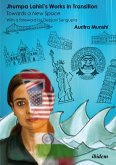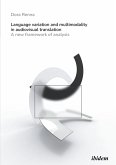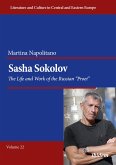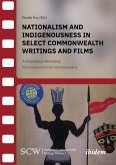This comprehensive volume analyzes the radical change in the nature of armed conflicts and in the way they are narrated and represented. Ever since the First World War has changed war itself, rendering meaningless the very vocabulary of war in terms such as battle , front , non-combatant , open city and hero , new words, new approaches, new theories and new texts had to be invented. The enemy became invisible: Submarines, tanks, mines, gas, long-range artillery, and airplanes made this war different from all the other that came before. A hundred years after the beginning of this terrible war, it is now time to recall different representations of the armed conflicts of the 20th century.
The articles in this collection analyze representations of the Canudos Civil War in Brazil, the First World War, the Second World War, the Korean War, the Vietnam War, the colonial wars in Africa, and the war in Afghanistan, aiming to understand how war and the telling of war have changed during the most murderous hundred years in the history of mankind.
The articles in this collection analyze representations of the Canudos Civil War in Brazil, the First World War, the Second World War, the Korean War, the Vietnam War, the colonial wars in Africa, and the war in Afghanistan, aiming to understand how war and the telling of war have changed during the most murderous hundred years in the history of mankind.








